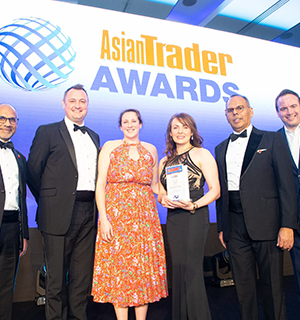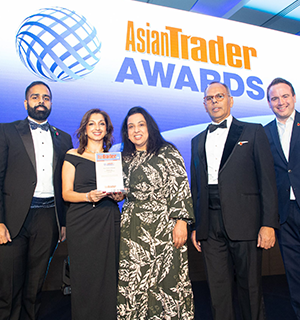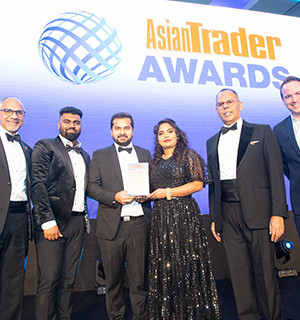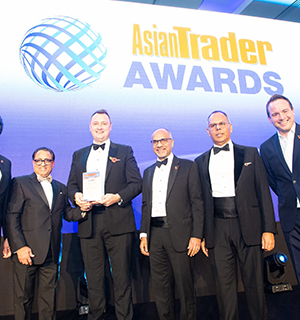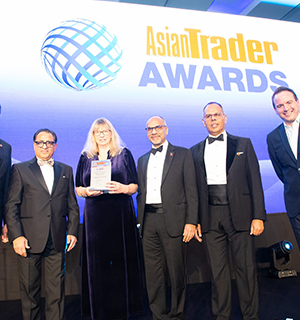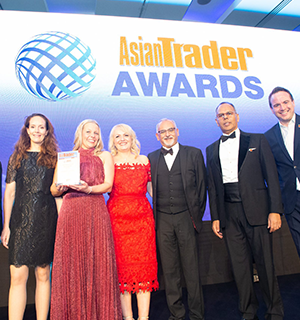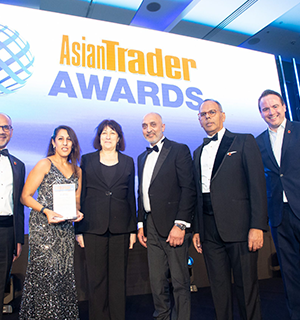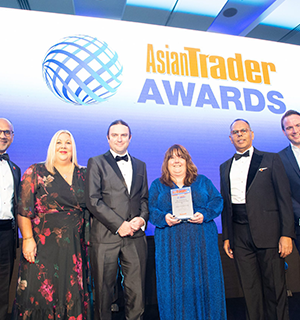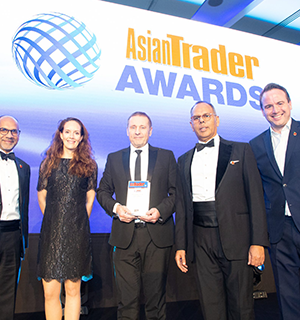Our love for pets is no hidden secret. However, over the years, the status of our little furry friends have elevated from the level of just a companion to the pedestal of a family member (and that too a very loved and cherished one). Currently, with a whopping 59 per cent of households having a four legged family member, many having more than one, it is pretty obvious that the pet care aisle is the new uncrowned king.
Pets known to have therapeutic power in difficult times. And the past couple of years have been nothing but an epitome of difficult times. No wonder, as the reality of lockdown began to bite and loneliness crept-in, an estimated 3.2 million households in the country acquired a pet to dissipate the gloom and add some fun in their monotonous lives.
According to Mars Petcare report released a couple of months ago, there are currently roughly 12.6 million dogs (up by 10.7 per cent) and 10.3 million pet cats (up by 3.2 per cent), which make up a majority of the total 34 million domestic companions living in approximately 17 million households throughout the country today.
Pandemic boom becomes more vital – not only because of the sheer huge numbers but also the fact that because of the surge, the average age of pets in the country is now towards the younger side. Clearly, the segment is set to head only upwards.
Pet food market is projected to register a CAGR of 4.5 per cent during the forecast period (2021-2026), estimated by Mordor Intelligence. The value of the pet care market in the UK is expected to reach £2.1 billion by 2023 — a 25 per cent increase from 2018, according to the market analyst Mintel.
Apart from food and treats, recent years also saw a rise in sales of puppy-care products as customers bought every kind of luxury like comfort blankets and plush beds, some complete with heat packs to make their pets cosy and comfortable. On the other hand, last year’s heatwave led to a 30 percent increase in the sale of products designed such as cooling mats and paddling pools for dogs.

Litter boxes, food bowl, toys, cat scratchboards, name tags- the possibilities are endless as Britons continue to pamper their furry little friends. Obviously, limitations of space don’t allow independent retailers to stock every range though keeping a few small yet eye-catching accessories is sure to push up impulse purchase.
Zoe Taphouse, Category & Market Activation Director, at Mars Petcare, feels that there is a perfect opportunity for retailers and they should offer the right products in the right formats at the right price in the pet care segment.
“As restrictions eased, the convenience channel saw its share of petcare spend increase by 0.5 per cent points to 14.6 per cent of total category value in the past year, with cat owners increasing spend in c-stores by 0.5 per cent and dog owners spending 0.3 per cent more,” she said.
Noteworthy here is that Dreamies Catnip and Pedigree Ranchos- both from Mars Petcare- are among winners of recently-announced Product of the Year 22 awards.
Feeding Time
Days of feeding pets with table scraps and home-cooked leftovers are now history. Today’s pet parents prefer higher quality and nutritionally sound premium food that their little ones like to devour.
Despite huge numbers, it is a dog-eat-dog world. Pet care segment, which is majorly pet food, is highly competitive and is largely dominated by Nestle and Mars, together accounting for over 40 per cent of the market share. The segment sees frequent mergers and acquisition of small yet popular brands. Like, Nestle acquired Tails.com, a direct-to-consumer, tailor-made dog nutrition subscription business in April 2018, and Lily’s Kitchen a premium pet food brand in April 2020, to boost its sales.
Wet pet food is having a time in sun with major players being Mars Inc., Nestle Purina Petcare Company, Pets Choice Ltd, Hill’s Pet Nutrition Inc., The J.M. Smucker Company (Big Heart Pet Brands Inc.), and Blue Buffalo Pet Products Inc., among others.
With 12.6 million dogs across the country, clearly, the dog food market is quite profitable, valuing around £1.4bn. No wonder, brands are clawing their way to dominate this market, most notably among them being Pedigree and Bakers. In 2020, Pedigree dominated the market for dog biscuits, mixers, and treats. An estimated three million people in the UK were using any Pedigree product, compared to 1.2 million people buying dog biscuits, mixers and treats from Bakers.
The cat food sector too has been witnessing a stable volume demand and an exponential growth in value. There is also a shift in consumer demand towards single-serve products and treats. Felix, Go Cat, Gourmet, Hill’s, Iamn, Sheba, Whiskas and James Wellbeloved are some of the best-rated cat food brands in the country.
One of the fastest-growing niche segments here is dog and cat treats. Products such as muffins, soups, crisps, sausages, popcorn, even beer and wine for cats and dogs are also displaying a rapid growth rate.
Pawpular trends
With 40 per cent of owners viewing their pet as a child or family member, humanisation and premiumisation are the essence in the pet care segment.
“With such strong sentiment, it’s no wonder that premium offerings are continuing to drive petcare sales. This is particularly true of convenience, where sales of luxury brands have increased by 18.4 per cent for cats and 19.7 per cent for dogs,” Taphouse, told Asian Trader.
“It is important for retailers to utilise this opportunity in store by increasing space for these products, building excitement with new launches and offering temping promotions to boost these sales further.”
Gourmet, artisanal, healthy, grain-free, age-specific, and breed-specific food are the new buzzwords.
With the wave of veganism sweeping across the nation, how can the pet food aisle remain untouched?
Many vegans, nowadays, like to offer plant-based food to their dogs for various reasons. Also, many dogs are allergic to animal proteins and are susceptible to allergies due to which certified animal nutritionists and veterinarians also recommend animal-free diets.
At present, manufacturers such as Yarrah, Beco Pets, among others, cater vegan dog food.
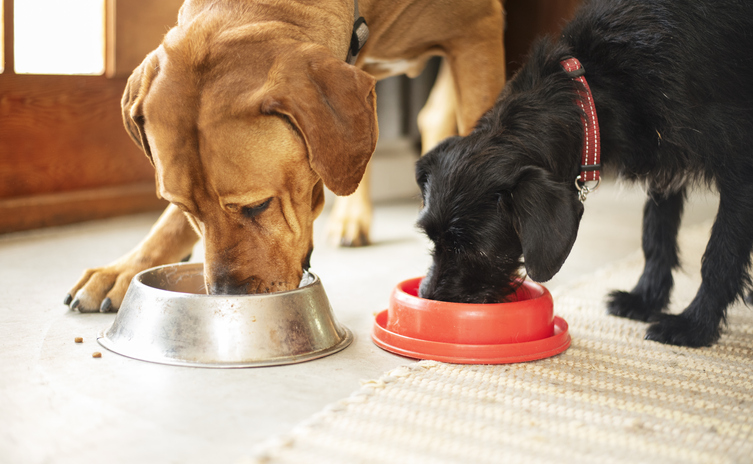
Plant-based dog food brand Omni, which has raised £1.1m in a recent round of funding, plans to use the funds to expand its product offering with a new line-up of functional plant-based treats which will target specific health issues commonly observed in dogs such as skin issues, joint problems and anxiety.
Small and emerging players in the market are developing innovative product lines matching the current human trends at attractive prices to gain market share.
Some players are also aiming towards tapping market share in the premium and super-premium category by introducing functional, natural, organic and gourmet pet food.
Another sought after trend in petcare is “clean ingredients”. As hoomans are getting more conscious of what goes in their diet, they are increasingly getting equally particular about the diet of their beloved pooches and kitties.
“Anything artificial is eyed with suspicion, and when it comes to ingredients,” Taphouse said, adding that consumers agree that a product is healthier if it contains fewer of them.
Mar’s Natural Goodness range from Cesar taps into this trend, offering shoppers something even more luxurious to Cesar’s core range. It contains a higher meat and animal derivative content (+12 per cent) and lower fat content (-1 per cent) which will appeal to these health-conscious pet owners.
Obesity is one of the main health ailments affecting pets. Researchers claim that two fifths of pet food buyers think their pet would benefit from losing some weight, signalling a widespread recognition of the pet obesity problem.
This ongoing trend is having a huge influence on pet nutrition.
Insect-based products offer an alternative for owners who prefer to feed their pets a diet that is sourced from ingredients other than traditional livestock animals.
It may sound as such but is definitely not a quirk as forecasts by Rabobank, a Dutch multinational, estimate that the insect-based pet food market is set to increase 50-fold by 2030, when half a million metric tons are projected to be produced.
Insect-based pet food is also typically more expensive than traditional ranges. For example, a bag of insect-based Lovefood dry kibble costs £12 a kg, compared with £9.75 for a 2kg bag of Iams dry cat food with chicken.
Solitaire Townsend, co-founder of Futerra, which is working with Mars Petcare to produce Lovebug, its first insect-based pet food range for cats, has said their market research suggested that nearly half (47 per cent) of pet owners would consider feeding their pets insects, with 87 per cent of those surveyed noting that sustainability was an important consideration in choosing pet food.
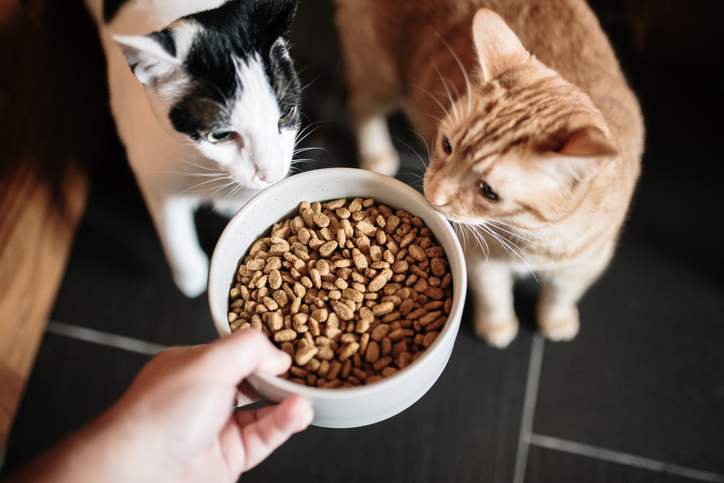
Treats-both for dogs and cats- are one of the fastest growing niche areas in pet food as it has increased in volume and value year-on-year. Raw meat products are already being produced for both cats and dogs which are stored frozen and thawed just before serving.
The trends for humanisation, premiumisation and raw meat (freeze dried) can be seen in treat trends as well.
Halal-friendly cat food is another upcoming trend.
“Halal-friendly propositions like those championed by Tiana make perfect sense,” Pankaj Hurria, founder of Tiana Cat Food, said.
“Pet humanisation is all about pets being treated more as extra members of the family as opposed to a second tier pet so if you’re a Muslim why wouldn’t you want your cat’s eating habits to reflect yours!”, pointed out Hurria.
Single-servings of wet cat food are set to increase, as pet parents look to purchase a range of flavours to appease their finicky felines. Since cats are infamously fussy eaters, variation and palatability are essential. As with other innovations in the pet food world, single-serve recipe cat food too will follow humanisation and premiumisation.
New Product Launches
Europe witnessed the highest number of product launches in the dog and cat food category across the globe with over 102 dog and cat food brands launched during 2020 and 2021.
Nestle Purina launched a new cat food ‘Pro Plan Live Clear’ with the claims of being the first cat food to reduce allergens on cat’s hair and dander.
The majority of new launches are in line with continued premiumization in pet food trends. Market leader Mars continued to launch new products in the region and in the year 2021, Mars launched a new dog food ‘Cesar Natural Goodness’ under its Cesar brand with 100 percent natural ingredients.
The dog and cat food category also witnessed tens of new launches from small players such as Vitakraft, Animonda Petcare, Petco, Butcher’s Petcare Ltd. , among others.
Leading pet food manufacturer Burgess Pet Care, has unveiled an expanded Supadog range of complete dry dog food, with a brand-new Rich in Salmon recipe specifically developed for all breeds of adult dogs with no added artificial colours, flavours, or preservatives. It claims to zinc and fish oil to support skin and coat health
Burgess Supadog Rich in Salmon comes with an RRP of £24.99 for 12.5kg pack.
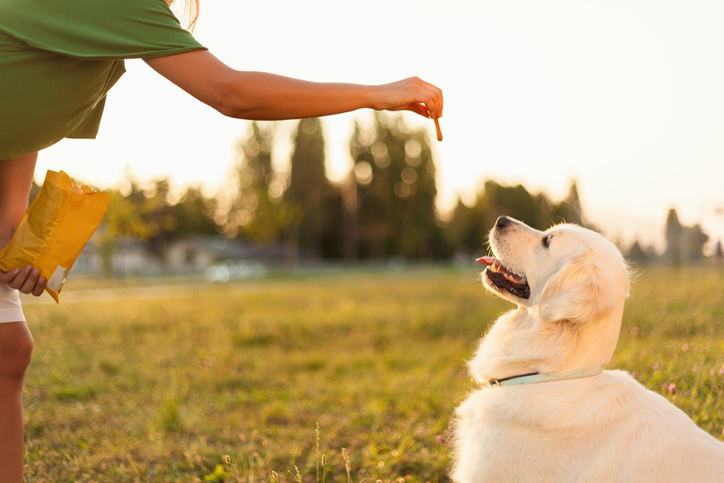
Plant-based dog food brand, THE PACK, has come up with a new ambient range of wet food. The food-tech startup claims to be the first company in the world to produce multiple plant-based meat analogue wet dog food flavours.
NOOD, a pet food startup based in New Zealand, has recently entered the UK with its exclusive range of NOOD dog and cat food formulas.
Vegan pet food brand Noochy Poochy uses nutritional yeast – known as ‘nooch’- and claims its food has the most comprehensive nutrition profile on the market.
Toys and accessories
Market report claims that 66 percent of owners buy accessories for their pets, including gifts on birthdays and Christmas, with 88 percent of owners admitting spending up to £50 on extravagant presents for their pets.
With normality resuming and people returning to work places, sales of chewy toys is expected to rise as pet-parents will look for ways to tackle separation anxiety in the pets, especially among those who were acquired during the pandemic.
Pet toys, pet grooming products, pet bedding, collars and leashes, feeders and bowls, electric toothbrushes and fashion ensembles are expected to remain in demand.
In fact, the craze for dressing up pets seems huge with owners on average, spending nearly £200 a year on clothes for their pets, with over one in five (22 per cent ) admitting they spend up to £20 on outfits each month. In fact, outfits are the third highest expenditure for dog owners and the second highest for cat owners, after food as per a Mintel report.
For Woofingly good sales
To keep pet-parents engaged, curious and dependent on the store, it is crucial for retailers to maintain at least a core range of best-selling products.
Spanning across its bestseller brands, Pedigree, Sheba and Cesar, the Dream Sixteen range features three price-marked packs – all carrying RRPs of £3.75 – £4.75- appeal to over half of shoppers who say they like this format.
“Our Dream Sixteen range is perfectly designed to assist retailers progress their footfall and sales momentum, by addressing the shift in shopper habits and priorities to more luxury choices – whilst desiring good value,” informed Taphouse.
Retailers should keep a keen eye on pet ownership in their areas. Independent store owners have flexibility and authority on what to stock- something which gives them an edge to cater to demands and trends.
“Independents know their customers better. They understand the region in which they operate (demographics) and they’re more willing to take calculated risks – the real innovation in recent years has come pioneering start-ups supporting minority interests (BARF, vegan , grain-free, organic, halal-friendly),” Hurria told Asian Trader, adding that “independents can take in small volumes and test the market and if successful steal a march”.
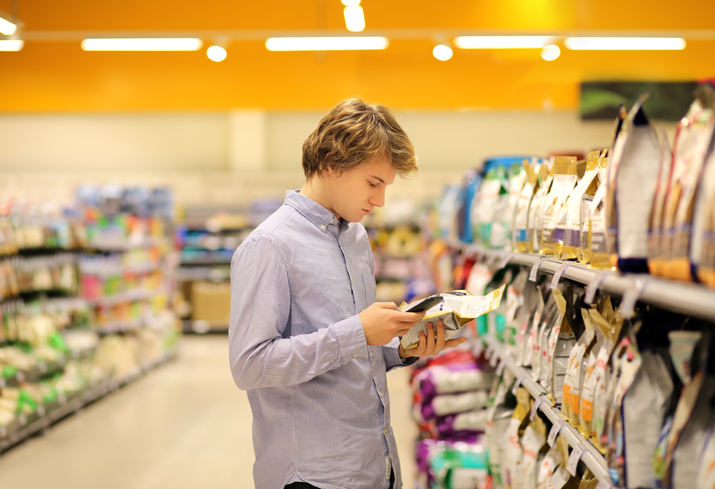
Merchandising according to the lifecycle of the pet eases the shopping experience for customers. It also assists first-time pet owners who might be unsure of where to begin or what to buy.
Thumb rule is to keep cat and dog categories separate even though they go through a similar life cycle of kittens or puppies, young adults, adults and seniors.
Treating the pet category similar to the baby category will assist this tactic as customers usually tend to spend more on their kids and pets than on themselves.
With the new generation of pet parents being majorly millennials and gen Z, it is also important that retailers offer guidance through their store offering by stocking well-known brands that will add a level of comfort to shoppers in the early stages of purchasing these types of products, Taphouse said.
Consumers gravitate towards trusted brands so Mar’s recognisable brands – Pedigree and Whiskas – are ideal for retailers to target this surge in demand.
“Overall, sales of branded cat food have increased by 6.6 per cent in the past year, dog food brands are up by 6.3 per cent. But in c-stores, that growth is higher at 10.8 per cent for cats and 10.4 per cent for dogs,” Taphouse said, adding that “luxury brands are performing more strongly.
Taphouse advises retailers to provide trade-up options as this will be key to driving premiumisation and shopper spend.
Convenience store owners can also increase spend in this category by stocking larger packs as well.
Due to high emotional attachments, impulse purchase is rampant in this aisle. And store owners can tap its full potential by placing excitement-generating products nearby everyday items. Think chewy toys, cute name tags, bows or even Halloween costumes for furry ones!
Afterall, experts claim that over a quarter of pet owners admit they like to pamper their pets while women in particular find it hard to pass by a new toy or a treat even if they did not plan on buying it (46 per cent).
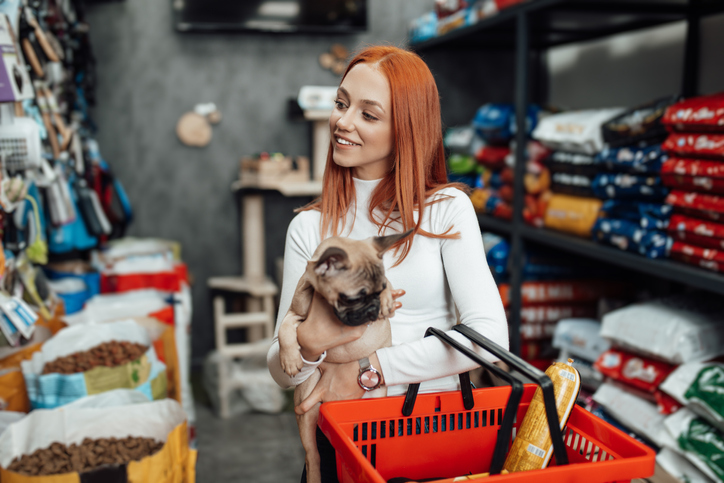
One can add a clip strip with small toys and bells to the shelf and gondola with cat food. Or placing bowls and feeders next to or close to the relevant pet food. When a customer buys the food, they might realise that they need a new bowl too.
The return to the office has spurred a fresh round of spending, this time for gadgetry such as pet cameras and activity trackers, which allow owners to monitor their loved ones while they are back in offices.
Hurria suggests retailers to set up an area in the store that specifically focuses on new product launches.
Pet costumes remain an unexplored segment when it comes to independent convenience stores but something that should be given a second thought, especially around Halloween.
It’s a Wrap
Inspite and despite of high numbers, it is high emotional attachment that rules the buying behaviour in the segment. Since most of the pet owners identify themselves as “parents”, they leave no stone unturned when it comes to the wellbeing of their little ones. They pay the same and sometimes even more attention to what they are feeding them.
As Hurria of Tiana Cat Food rightly puts, “pet food trends are less about seasonality and more about functionality and core ‘pet parent’ beliefs”.
This new generation of owners are making the same lifestyle choices for their pets as themselves whether it is buying food or homewares or toys or switching to a plant-based diet- they are often willing to spend more.
The UK’s return to normality will slow down the pet-buying boom but the sheer number of new acquired pets will make sure that convenience stores continue to benefit from increased sales for years to come.







 To use this website you must be aged 18 years or over. Please verify your age before entering the site.
To use this website you must be aged 18 years or over. Please verify your age before entering the site.
